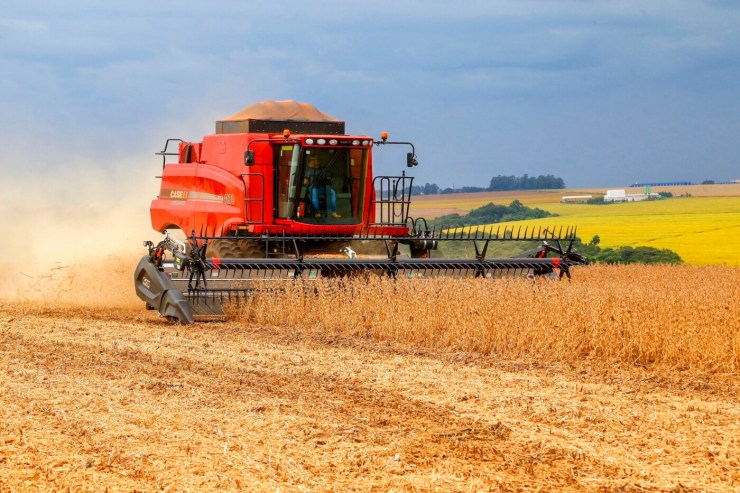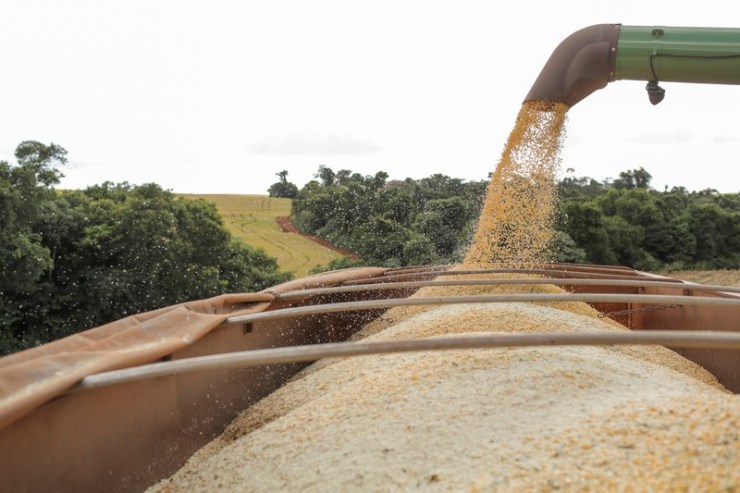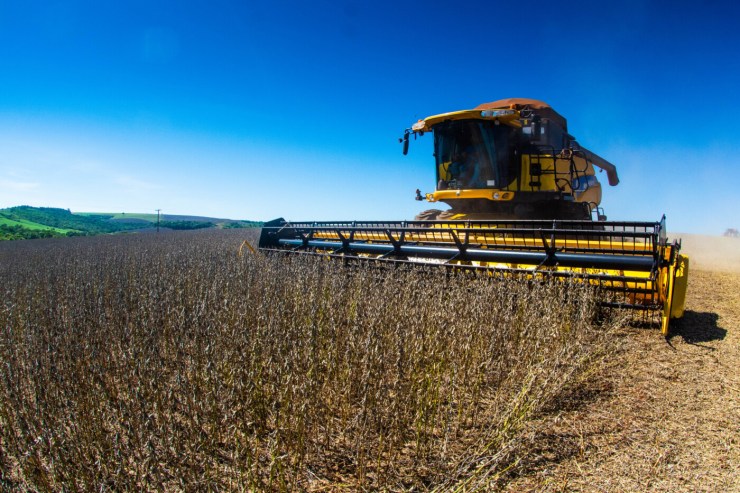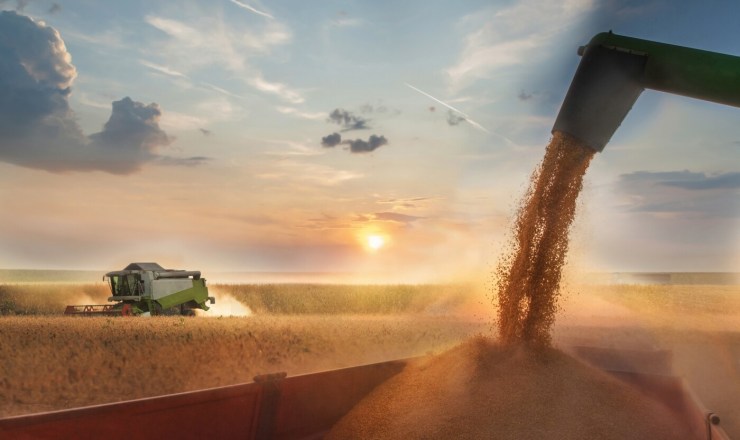The Ministry of Agriculture and Livestock has established the dates of the sanitary break for the 2025/26 harvest. In Paraná, it was divided into three periods, with the first starting on June 2. The break is a phytosanitary measure to prevent the proliferation of the Asian rust fungus.
With the staggered measure, the different microclimates of the State are respected, establishing the most suitable periods for planting the oilseed, with the aim of reducing the spread of the fungus. Phakopsora pachyrhizi.
During the sanitary break, it is not permitted to cultivate or maintain live soybean plants in the field, so that they do not become hosts for the fungus and a source of multiplication of the disease in the grain cycle. Due to the severity of the attack, spread, control costs and the potential for reducing crop productivity, rust is considered the main disease of the oilseed.
The Paraná Agricultural Defense Agency (Adapar) is responsible for inspections in the state of Paraná and is responsible for holding producers accountable and applying the penalties provided for in the legislation for those who fail to eradicate live soybean plants during the sanitary gap period. It is also responsible for complying with the dates for the planting window for the crop in the state.
According to the head of the Plant Health Department at Adapar, Paulo Roberto de Paula Brandão, it is important that all farmers adopt this care on their properties. “The practice of a soybean health gap benefits the farmer, who will have this disease later and later, requiring fewer applications of fungicides, in addition to helping maintain the effectiveness of these products for controlling rust,” he said.
He stated that the sanitary measure will only be effective with the monitoring of all locations that may contain live soybean plants and their immediate elimination if any are detected. “Therefore, in addition to fallow crops, winter crops such as wheat, oats and barley must also be under surveillance for the effective control of any soybean plants that may appear,” he reinforced. “Areas on the sides of highways and access roads to properties must be inspected and, if volunteer soybean plants are found, they must be eliminated.”
Regions
Ordinance No. 1,271, of April 30, 2025, of the Secretariat of Agricultural Defense of the Ministry of Agriculture and Livestock, established the rules for the period.
In Region 1, which includes the municipalities of the South, East, Campos Gerais and Coast of Paraná, no soybean plants are allowed in the soil between June 21 and September 19. Sowing may be done between September 20, 2025 and January 20, 2026.
Region 2, which includes most municipalities, particularly those located in the North, Northwest, Central-West and West, has the sanitary break started earlier. It begins on June 2 and extends until August 31. For these cities, soybean planting is authorized from September 1, 2025 and ends on December 31.
Finally, Region 3, with the municipalities in the Southwest of the State, has the sanitary vacuum determined to begin on June 12, extending until September 10. The planting date was set between September 11 and January 10, 2026.
In the case of Region 3, Adapar and the production sector requested that the start of the sanitary break, which last year was June 22, be brought forward. The request was accepted by the Ministry. “Sowing may occur on an immediately earlier date, but germination and the presence of soybean seedlings must strictly adhere to the window periods defined in the ordinance,” highlighted Marcílio Martins Araújo, coordinator of the Pest Prevention and Control area for Agricultural and Forestry Crops at Adapar.
Check the regions and periods of sanitary break and sowing here.




